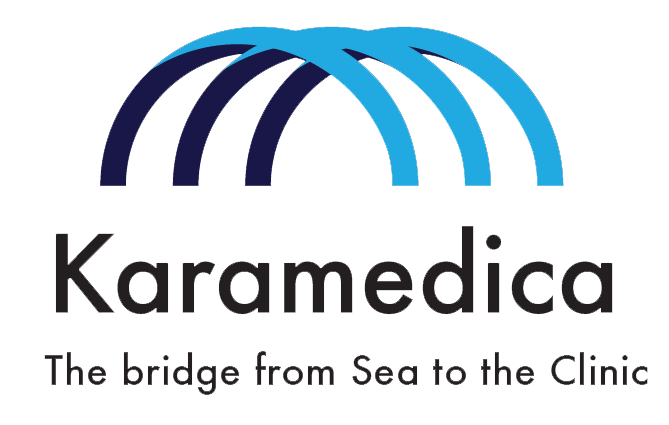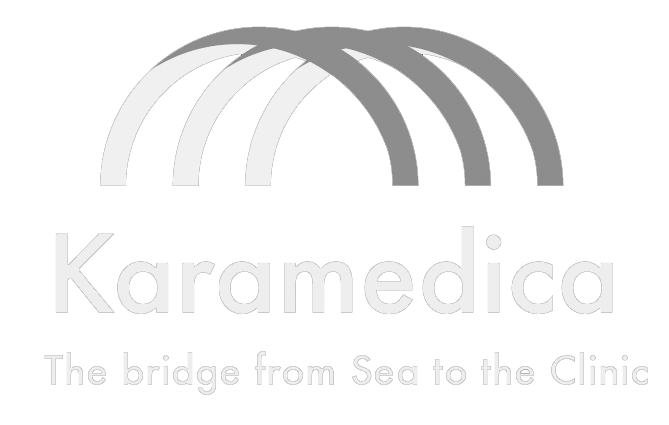THE MISSION AND VISION OF KARAMEDICA
Karamedica’s driving goal is to expand medical and veterinary uses of biopolymer-based products, especially those containing chitosan, by developing novel decontamination processes like non-thermal plasmas. Karamedica also seeks to create innovative medical devices and drug delivery systems based on these biopolymers.
Plasma is the key technology of our business
Karamedica’s founders have developed and patented non-thermal atmospheric pressure nitrogen plasma technology for decontamination of delicate biomaterials, like chitosan. This innovation overcomes the major barrier that has prevented use of many delicate materials in medicine, namely the damaging effects of standard sterilization techniques such as gamma irradiation and dry or wet heat and residual toxic compounds left in such materials after treatment with ethylene oxide gas.
Chitosan is the key commodity in our business and is primarily sourced from crustacean shells. In fact, the name of our company – Karamedica – is derived from “kara” – the Japanese word for husk or shell.
Chitosan is a biopolymer that has shown tremendous promise in the medical literature as a hemostatic agent, immune adjuvant, drug delivery vehicle, tissue scaffold, and many other medical applications. However, its clinical use has been limited to topical hemostasis due to difficulties in decontaminating chitosan using standard techniques such that it meets regulatory standards for implantation in the body while maintaining its advantageous biological properties. Karamedica’s technology overcomes this barrier, which will allow chitosan to be used in a wide-variety of medical applications.
Karamedica is focused on developing chitosan for clinical use as an implantable hemostatic device for controlling bleeding during surgery and a drug delivery vehicle for both superficial bladder cancer and cerebral amyloid angiopathy (CAA). CAA is a co-morbidity of Alzheimer’s disease (AD) that afflicts up to 90% of patients with AD. Karamedica’s implantable hemostatic device stops intraoperative bleeding and is resorbed by the body, much like resorbable sutures are resorbed over time.
Please email taub.swartz@karamedica.com to start a discussion with our team or express interest in our products or technology.

